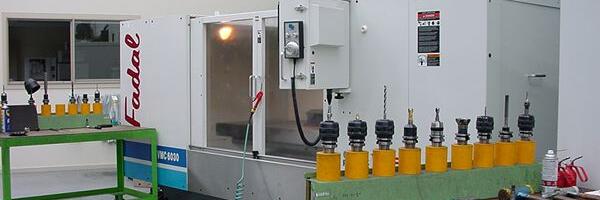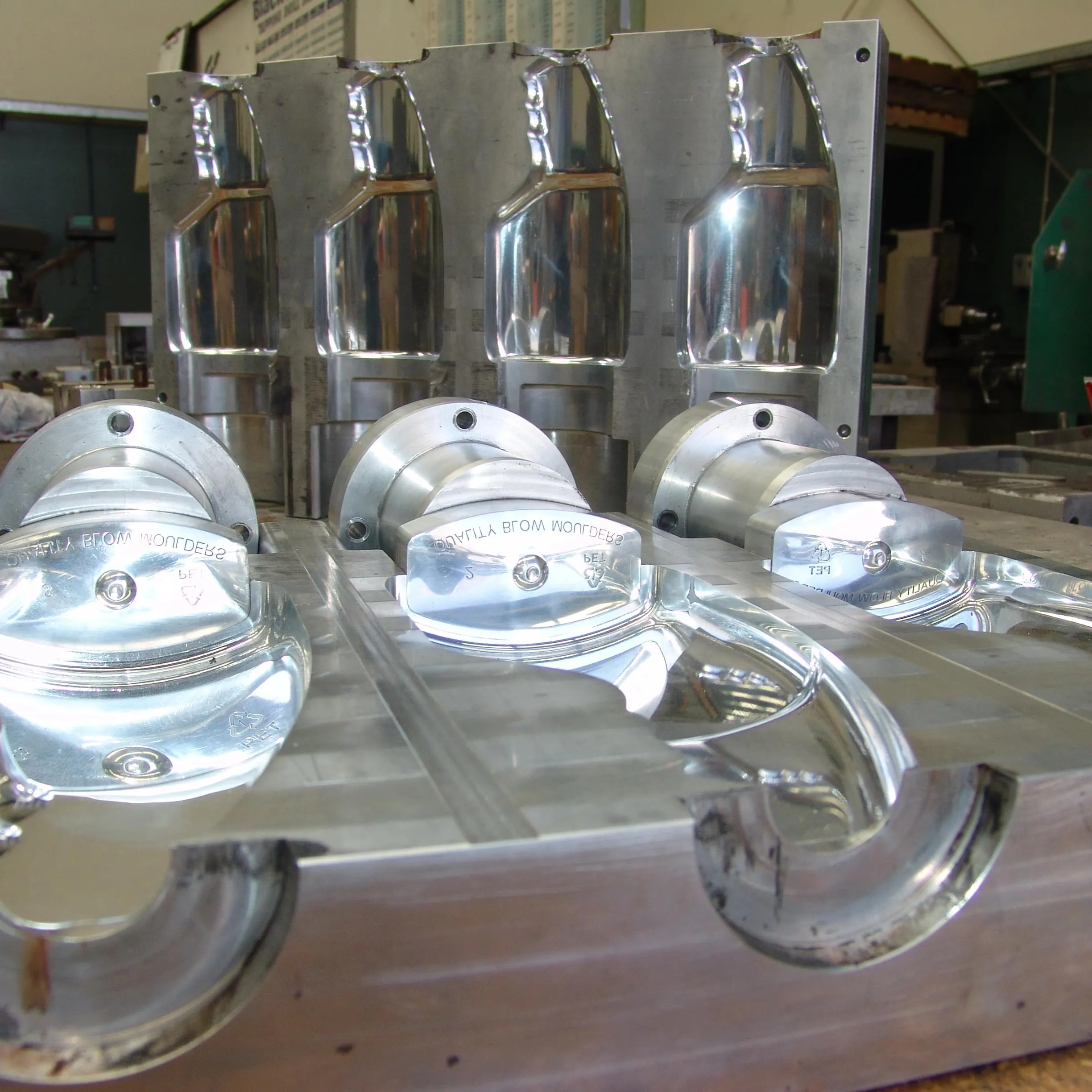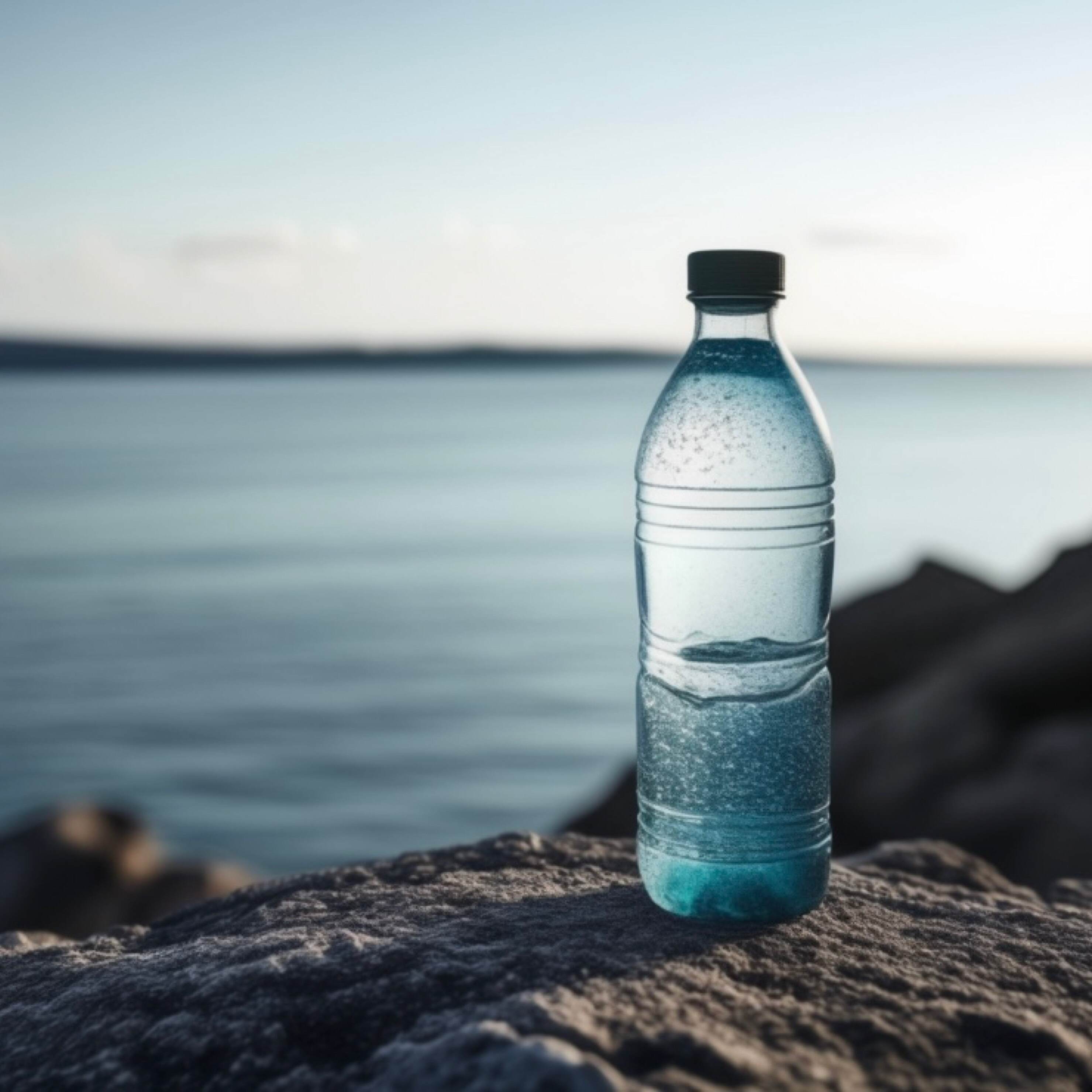

PET TOOLING
Design and Manufacturer
Kanton Engineering has many years of experience developing PET tools, using the latest technologies, and having know-how in design and manufacturing.

We offer you
Optimised tool design
Competitive prices
High-quality and efficient tooling
Guarantee all our work
Realistic lead times
Mulitcavity moulds
Precision CNC machining
Kanton Engineering can also put you in contact with a PET blow moulder that will fit your manufacturing requirements.
Advantages of PET
Plastic PET food packaging continues to grow the fastest among major food container types. Performance advantages of PET and polypropylene include improved resin and processing technologies, improved heat resistance, and advances in panel-less hot-fill bottle design. Combined, these developments enhance the look of the container while achieving an appearance more like glass bottles.
PET exists both as an amorphous (transparent) and as a semi-crystalline (opaque and white) thermoplastic material. PET can be semi-rigid to rigid, depending on its thickness, and is very lightweight. It has good resistance to mineral oils, solvents and acids but not to bases. It is strong and impact-resistant. It is naturally colourless and transparent.
PET is a good choice for product packaging because of its characteristics. PET is available in a wide range of colours shapes and sizes. Darker coloured PET plastic containers may be best for blocking UV rays from light sensitive materials. PET is highly resistant to dilute acids, oils, and alcohols.
The semi-crystalline PET has good strength, ductility, stiffness and hardness. The amorphous PET has better ductility but less stiffness and hardness. Other properties of PET are heat resistance, barrier to moisture and gas.
While all thermoplastics are technically recyclable, PET bottle recycling is more practical than many other plastic applications. The primary reason is that plastic carbonated soft drink bottles and water bottles are almost exclusively PET which makes them more easily identifiable in a recycle stream.
PET has a resin identification code of 1. PET, as with many plastics, is also an excellent candidate for thermal recycling (incineration) as it is composed of carbon, hydrogen and oxygen with only trace amounts of catalyst elements (no sulphur) and has the energy content of soft coal.

The PET moulding process
The PET moulding process involves reheating a pre-moulded PET preform (created in an injection mould), automatically positioning it into a mould, and injecting high-pressure food-grade compressed air. This expands the preform to match the mould's shape, then it’s rapidly cooled to solidify, ensuring precision and strength for bottles and containers.
KANTON
ENGINEERING
25 Quality Drive, Dandenong South,
Victoria 3175, Australia